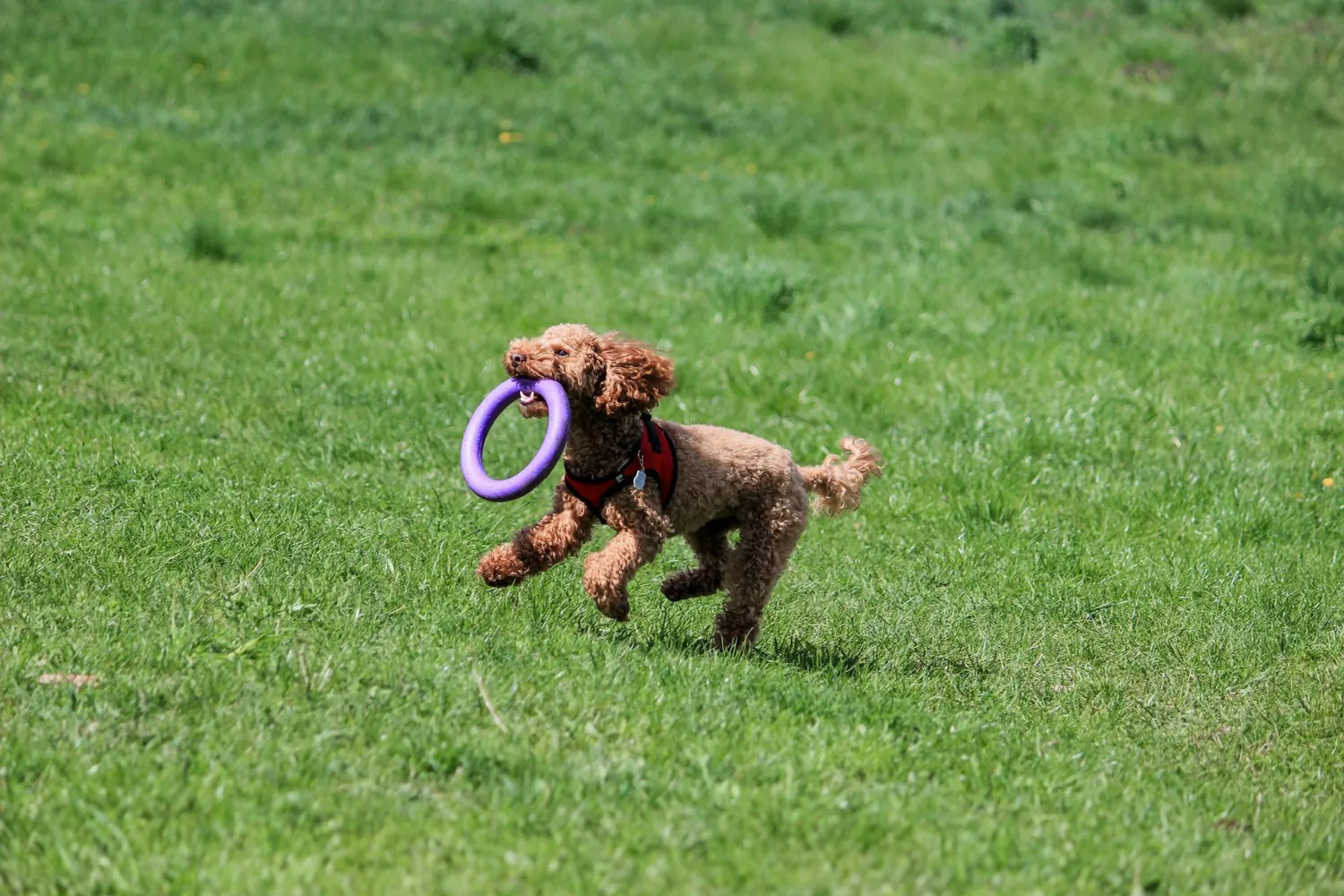Crafting a Fun Routine: Best Toys for Energetic Dog Breeds

Understanding the Needs of High-Energy Dog Breeds
High-energy dog breeds such as Border Collies, Australian Shepherds, and Belgian Malinois are known for their intelligence, agility, and insatiable need for activity. These dogs thrive on both physical exertion and mental stimulation, making it crucial for owners to find ways to engage them fully. The right toys can not only satisfy their energy levels but also prevent undesirable behaviors stemming from boredom.
The Importance of Interactive Toys
Interactive toys play a pivotal role in the lives of energetic dogs. Unlike standard toys, these are designed to engage a dog's mind as well as its body. They often involve elements of problem-solving and reward systems that keep dogs occupied for extended periods.
But why are these toys so essential? For starters, they help fulfill a dog's natural instincts such as foraging, hunting, and problem-solving. Furthermore, these toys can alleviate separation anxiety, reduce destructive behavior, and even contribute to a healthier lifestyle by keeping dogs physically and mentally active.
Kong Classic Dog Toy
The Kong Classic is a renowned favorite among dog owners for good reason. Made from durable rubber, it's designed to withstand enthusiastic chewers while providing a challenge when filled with treats.
- Pros: Highly durable, can be filled with treats or frozen foods for extended play, supports chewing instincts.
- Cons: Not all dogs are immediately interested; may require time for your dog to get accustomed to it.
To incorporate the Kong into your dog's routine, try filling it with your dog's favorite kibble mixed with peanut butter. Freeze overnight for an extra challenge!
Outward Hound Hide-A-Squirrel Puzzle Toy
This plush puzzle toy offers a multi-sensory experience by combining the softness of plush toys with the challenge of extracting squeaky squirrels from their 'den'. It's perfect for dogs who love fetch and tug-of-war games.
- Pros: Encourages problem-solving and instinctual play, multiple squeaky toys in one.
- Cons: Not suitable for aggressive chewers, plush material can be torn if left unsupervised.
Introduce this toy during supervised playtime and watch your dog hone their hunting skills!
Strategizing Playtime: Incorporating Toys into Daily Routines
The key to maximizing the benefits of interactive toys is incorporating them effectively into your dog's daily routine. Here are some strategies:
Create a Balanced Schedule
A balanced schedule that includes different types of play ensures your dog is both mentally and physically satisfied. Mix up interactive toys with activities like fetch or agility training sessions throughout the day.
Rotate Toys Regularly
Toys can lose their novelty if they're always accessible. By rotating them, you maintain your dog's interest. Keep certain toys exclusive to specific times or challenges to create anticipation and excitement.
Combine Toys with Training
Interactive toys can double as training aids. For instance, use treat-dispensing toys to reinforce commands like 'sit' or 'stay', adding an element of fun and engagement to training sessions.
The Benefits of Mental Stimulation Through Play
Engaging a high-energy dog's mind through interactive play has numerous benefits beyond just entertainment.
Cognitive Development
Puzzles and problem-solving toys help sharpen your dog's cognitive abilities. Dogs learn to think critically and develop new strategies to achieve goals, which can translate into better behavior overall.
Anxiety Reduction
Busy dogs are less likely to develop anxiety-related issues. A mentally stimulated dog is less prone to stress and related behaviors such as excessive barking or destructive chewing.
Strengthening the Human-Dog Bond
Playing together using interactive toys fosters a stronger bond between you and your pet. These sessions build trust and understanding, improving communication and responsiveness.
Choosing the Right Toy for Your Dog
Selecting the best toy involves considering your dog's size, breed-specific traits, and personal preferences. What works for one dog might not work for another.
- If your dog is a strong chewer, opt for robust materials like hard rubber or nylon.
- Squeaky sounds may attract some dogs, while others might prefer scent-based rewards.
- Puzzle complexity should match your dog’s problem-solving skills; start simple and build complexity over time.
It's always recommended to supervise play initially to ensure safety and adjust choices based on how your dog interacts with each toy.
Conclusion: Tailoring the Experience
Incorporating interactive toys into your high-energy dog's routine isn't just about keeping them busy; it's about enhancing their quality of life. By selecting appropriate toys and strategically integrating them into everyday activities, you're promoting mental acuity, emotional well-being, and physical health. Whether it's through the classic charm of a Kong or the clever challenge of a puzzle toy, these engaging tools help satisfy their inherent needs while reinforcing the bond you share. Remember to pay attention to your dog's reactions and preferences—after all, each dog is unique in their play habits and deserves a tailored approach to their exercise and entertainment.
